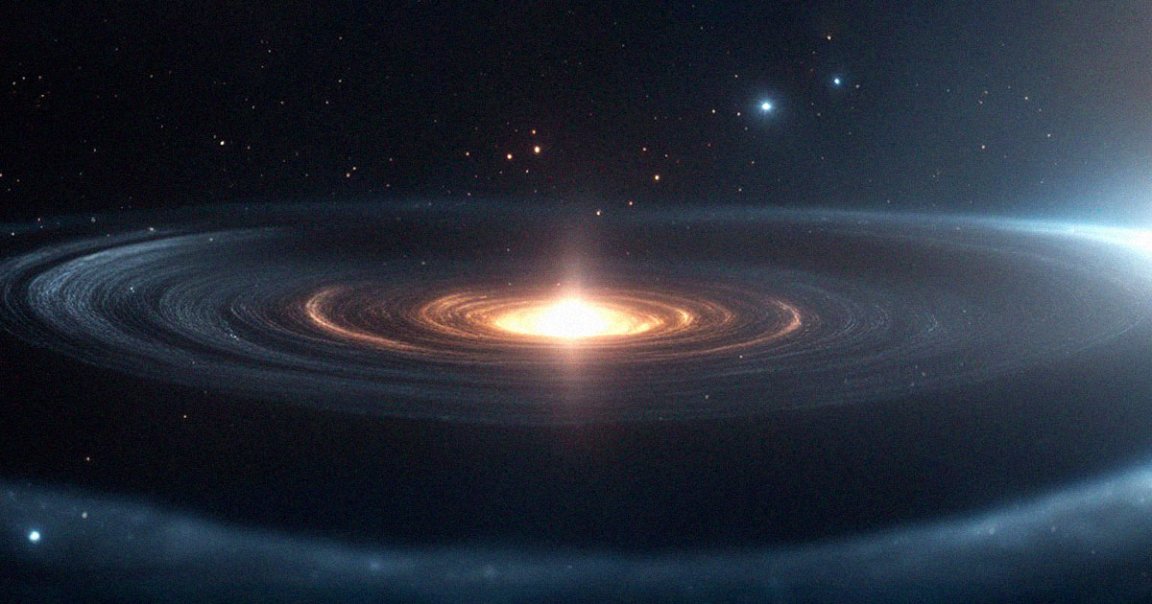
Rogue Star One
The Solar System exists in a delicate and ancient balance, with planets orbiting the Sun in predictable ways.
But if a rogue star were to cruise through our lonely star system, that serene balance could be thrown into absolute chaos.
In a new paper to be published in the journal Monthly Notices of the Royal Astronomical Society, a team of researchers examined such a doomsday scenario, simulating what would happen if a rogue star were to come within 100 astronomical units, or 100 times the average distance between the Earth and the Sun, of our system’s star.
“Earth has about a billion years of habitable surface conditions remaining,” the team led by Sean Raymond, an astronomer at the Laboratoire d’Astrophysique de Bordeaux in France, writes in the paper. “While the orbital evolution of the planets is largely determined by secular and resonant perturbations, passing stars can have a consequential influence on the planets’ orbits.”
Booted
With the help of computer simulations, the researchers crunched the numbers and found some good news: they concluded that there was an over 95 percent chance that none of the system’s eight planets would be entirely lost.
But if a rogue star were to come close enough, there’s a non-zero chance that only Earth and Jupiter could survive — or even that all eight planets would be unceremoniously thrown out of the Solar System.
“The most probable destructive pathways for Earth are to undergo a giant impact (with the Moon or Venus) or to collide with the Sun,” the researchers write.
Other possibilities include the Earth ending up in a “more distant (colder) orbit,” being ejected into interstellar space, or being captured by the passing star.
On the upside, the chance of any of these scenarios actually playing out is minuscule. Besides it being exceedingly unlikely that any of the Solar System’s eight planets are lost, having a rogue star pass as close as 100 astronomical units is in itself an exceedingly unlikely event in the first place.
“Statistically speaking, flybys closer than 100 au, which would strongly affect the planets’ orbits, only take place roughly once per 100 [billion Earth years] in the current Galactic neighborhood,” the paper reads.
More on rogue stars: Bad News! A Rogue Star Will Not Crash Into Us, Scientists Say